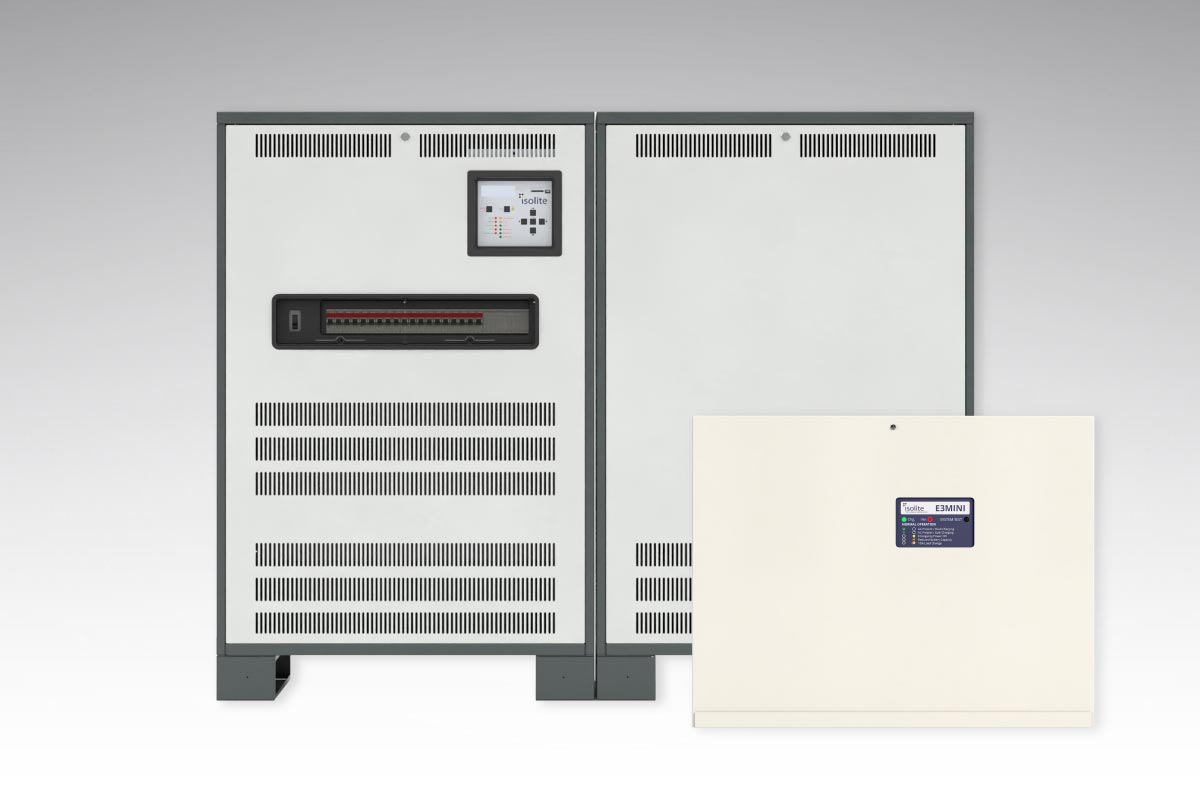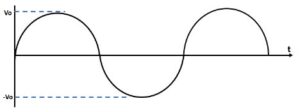
Lighting inverters are relatively simple in design, with less than a half dozen components. Yet, there is much to know about their operation and things to consider when specifying them for a project. Let’s review a few essential technical items below.
Inverter Components
Inverters typically have a UPS module, battery module, battery charger, output power transformer, display and controls, and battery assembly. A lighting inverter’s primary function is to convert DC power to AC power. They store energy in batteries housed in cabinets to provide electricity during a power outage to those lighting fixtures deemed part of the emergency lighting plan.
Projects can use the architectural fixtures for emergency use at the full output using an inverter over integral battery packs or bug eyes. Emergency lighting must be operational for at least 90 minutes; some applications may require more. Learn more here.
What kind of inverter do I need? Pure Sine Wave vs. Modified Sine Wave
Pure Sine Wave
Pure Sine Wave inverters have smooth “wave” like patterns flowing up and down, creating the highest quality power, similar to local utilities. It is the most efficient method for converting DC to AC power and can be used with the most sensitive electronics, i.e., medical equipment. Pure Sine Wave inverters come at a higher price, but the trade-off is better, cleaner, cooler, and more efficient energy.

Modified or Square Sine Wave
Modified Sine Waves are created using simpler technology and fewer electronics, switching the current on and off at a variable speed like a light switch. This method is less efficient and produces heat and interference. However, because of this, it is less expensive and a good option for providing power in an emergency situation for electronics that aren’t sensitive to fluctuations like appliances and tools.
In summary, is a pure sine or modified sine wave inverter better?
Pure Sign Wave inverters have historically cost more; however, in recent years, the delta between them and modified sine wave inverters is much smaller. As a result, pure Sine Wave inverters allow a specifier to provide the cleanest, most efficient solution no matter the load on the inverter in an emergency without adding too much additional cost.
Pure Sine Wave inverters create less interference for the electronic LED light fixtures in most buildings today and do not interfere with the dimming and control systems the way a modified sine wave inverter could.
In summary, is a pure sine or modified sine wave inverter better?
Pure Sign Wave inverters have historically cost more; however, in recent years, the delta between them and modified sine wave inverters is much smaller. As a result, pure Sine Wave inverters allow a specifier to provide the cleanest, most efficient solution no matter the load on the inverter in an emergency without adding too much additional cost.
Pure Sine Wave inverters create less interference for the electronic LED light fixtures in most buildings today and do not interfere with the dimming and control systems the way a modified sine wave inverter could.








